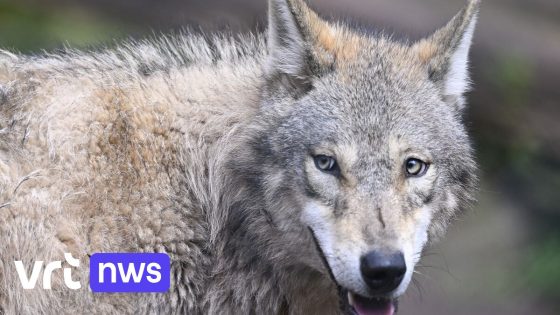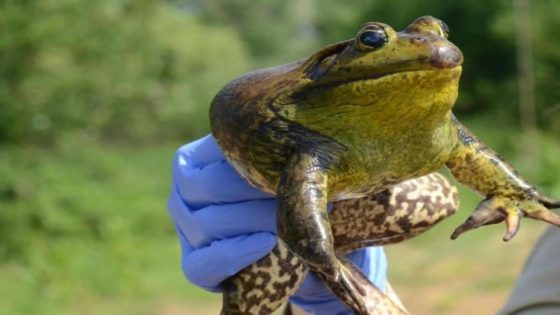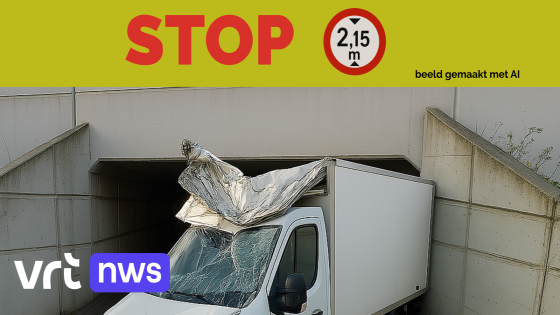On April 25, 2025, Ronny De Clercq from Schorisse, near Maarkedal, discovered a disturbing scene in his garden: the remains of a roe deer had been moved and partially eaten. This incident raises questions about wildlife interactions in Belgium.
- Ronny De Clercq discovers moved deer carcass.
- Ecological garden near Brakelbos and Burreken.
- Deer accustomed to human interaction and feeding.
- Suspected panic reaction to New Year's fireworks.
- Contacted nature research institute for investigation.
- DNA sample taken from the carcass.
What Does the Roe Deer Incident Mean for Wildlife in Belgium?
This unsettling event highlights the increasing interactions between wildlife and humans in Belgium. De Clercq had been caring for a tame roe deer for three years, only to find it dead after New Year’s Eve. Experts suggest that:
- The deer likely died from stress due to fireworks.
- There may be wolves in the area, as indicated by the carcass’s condition.
- Community awareness about wildlife is crucial for cohabitation.
As wildlife encounters become more common, it’s essential for residents to stay informed and engage with local wildlife organizations. Increased awareness can help ensure both human and animal safety in the future.






















